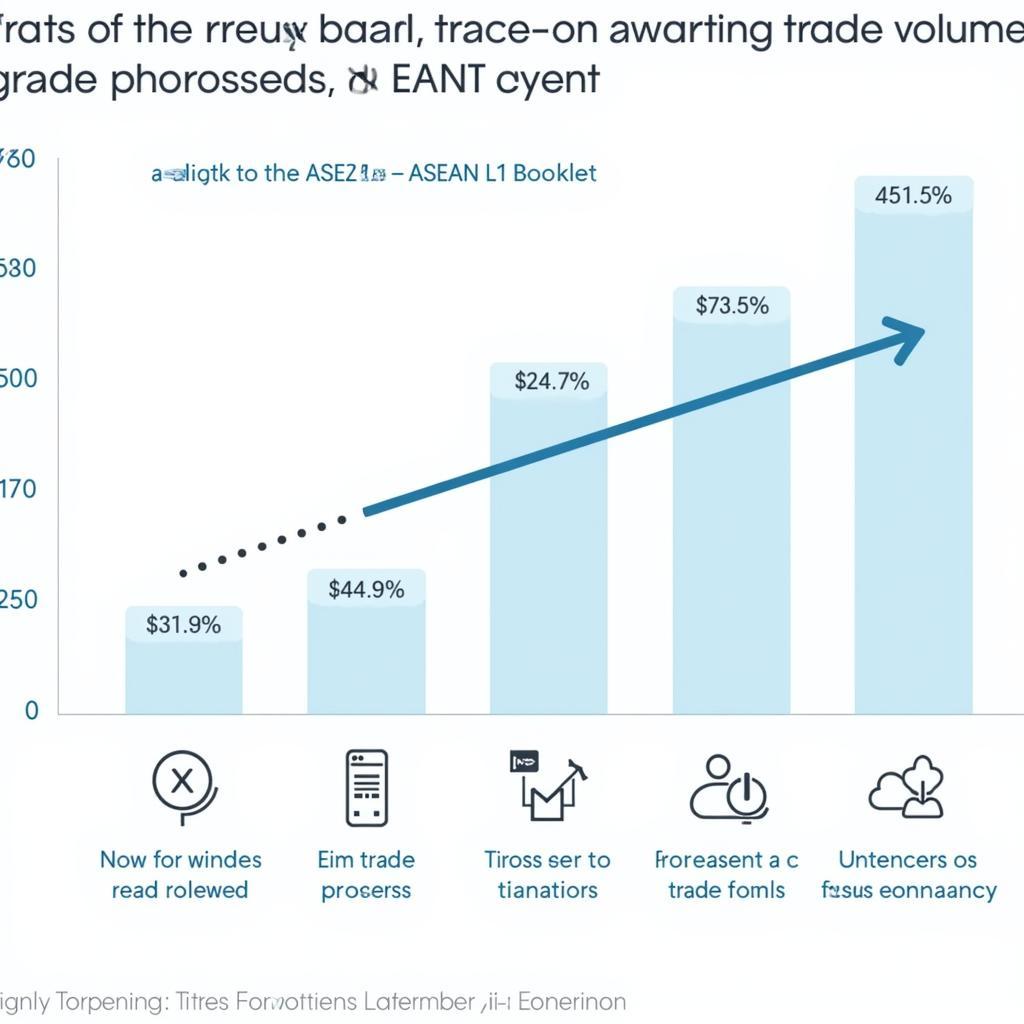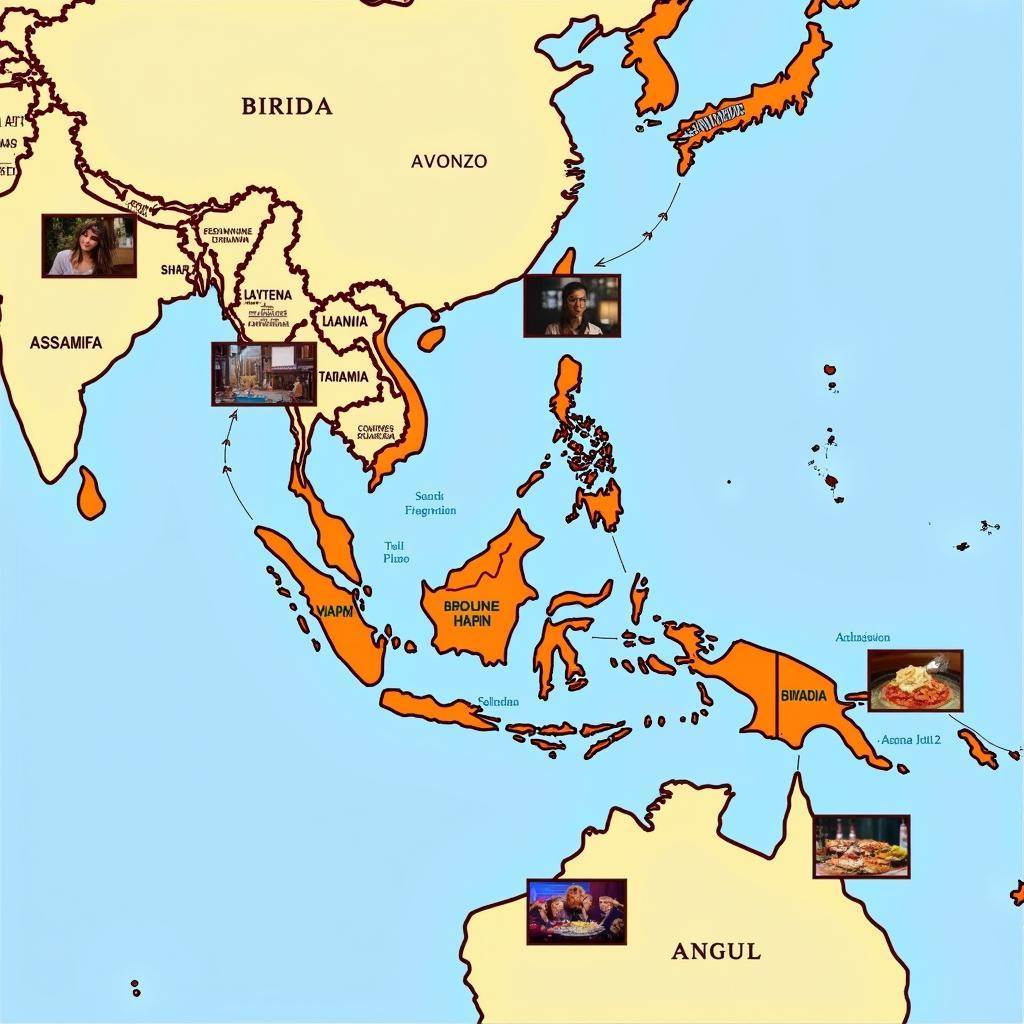The ASEAN L1 Composite Vehicle Booklet, or more simply the ASEAN L1 booklet, is a crucial document for cross-border vehicle movement within the ASEAN region. Understanding its significance and how it relates to the broader context of ASEAN integration is key for businesses and individuals involved in cross-border transportation. This article dives deep into the details of the ASEAN L1 composite vehicle booklet, exploring its benefits, application process, and implications for the future of regional connectivity.
What is the ASEAN L1 Composite Vehicle Booklet?
The ASEAN L1 composite vehicle booklet is a standardized document designed to simplify the temporary importation of vehicles for commercial purposes across ASEAN borders. It harmonizes vehicle registration and insurance requirements, reducing administrative hurdles and promoting smoother cross-border trade. This booklet essentially serves as a single document covering multiple journeys, eliminating the need for separate permits at each border crossing. This streamlined process contributes significantly to reduced transit times and costs, boosting trade efficiency within the region.
Benefits of the ASEAN L1 Composite Vehicle Booklet
Using the ASEAN L1 composite vehicle booklet provides numerous advantages for businesses engaged in cross-border transportation. It significantly reduces paperwork and processing time at border crossings, contributing to lower operational costs. The simplified customs procedures translate to faster delivery times, improving supply chain efficiency and customer satisfaction. This harmonization fosters greater transparency and predictability in cross-border trade, encouraging investment and economic growth within the ASEAN community.
Reduced Paperwork and Processing Time
The ASEAN L1 booklet simplifies the border crossing process, replacing a multitude of national documents with a single, recognized document. This drastically reduces the administrative burden on businesses, freeing up time and resources for other core operations.
Lower Operational Costs
By streamlining customs procedures, the booklet reduces delays and associated costs. This translates to significant savings for businesses, enhancing their competitiveness in the regional market.
Faster Delivery Times
The simplified border crossing procedures facilitate faster movement of goods, leading to quicker delivery times and improved supply chain efficiency.
 Impact of ASEAN L1 Booklet on Regional Trade
Impact of ASEAN L1 Booklet on Regional Trade
Application Process for the ASEAN L1 Composite Vehicle Booklet
The application process for the ASEAN L1 composite vehicle booklet involves submitting the necessary documentation to the designated national authorities. While specific requirements may vary slightly between countries, the general process involves providing proof of vehicle ownership, insurance, and intended travel routes within the ASEAN region.
Required Documents
Typically, applicants need to provide documents such as vehicle registration certificates, insurance policies, and details of the intended cross-border journeys.
Submission Procedure
Applications are usually submitted to the relevant transport authorities in the applicant’s country. These authorities then process the application and issue the ASEAN L1 booklet.
The Future of ASEAN Connectivity and the L1 Booklet
The ASEAN L1 composite vehicle booklet plays a vital role in promoting regional integration and connectivity. As ASEAN continues to deepen its economic ties, the booklet’s importance is only expected to grow. Further enhancements and wider adoption of the booklet will be key to achieving the vision of a seamless ASEAN Economic Community.
Enhancing Regional Integration
The booklet is a tangible example of ASEAN’s commitment to facilitating trade and promoting regional integration. It symbolizes the collaborative spirit within the bloc and its dedication to building a more interconnected and prosperous region.
Conclusion
The ASEAN L1 composite vehicle booklet is a crucial instrument for facilitating cross-border trade and transport within the ASEAN region. By streamlining customs procedures and reducing administrative hurdles, the booklet contributes significantly to enhanced trade efficiency, reduced costs, and faster delivery times. As ASEAN progresses towards greater economic integration, the ASEAN L1 composite vehicle booklet will continue to play a vital role in connecting businesses and markets across the region.
FAQs
- What is the validity period of the ASEAN L1 booklet?
- Which ASEAN countries participate in the ASEAN L1 scheme?
- Can private vehicles use the ASEAN L1 booklet?
- What are the penalties for misuse of the ASEAN L1 booklet?
- Where can I obtain more information about the ASEAN L1 booklet?
- What are the fees associated with applying for the ASEAN L1 booklet?
- Is there a digital version of the ASEAN L1 booklet?
Need support? Contact us 24/7:
Phone: 0369020373
Email: aseanmediadirectory@gmail.com
Address: Thon Ngoc Lien, Hiep Hoa, Bac Giang, Vietnam.


